The intrinsic safe calculation is an activity done by Instrumentation Engineers in EPC or EPCM Industries. In this article, we shall see why is it done and How to do it.
Purpose of Intrinsic Safe
When Instrument is used in areas where fire or explosion hazards may exist due to flammable gases or vapors, flammable liquids, combustible dust, or ignitable fibers, then special precautions to be taken in equipment construction and installation to ensure safe performance. There are several protection techniques in common use, each of which has its own set of advantages and disadvantages.
“Intrinsic safety” is the safest and most easily implemented protection technique.
Intrinsic safety technique required the use of equipment and wiring which is incapable of releasing sufficient electrical or thermal energy under normal or abnormal conditions.
Which is achieved by limiting the energy available to, and stored or generated by, the electrical equipment in the hazardous location to a level below that which can ignite the hazardous atmosphere.
Article 504 of the NEC defines an intrinsically safe system as “an assembly of interconnected intrinsically safe apparatus, associated apparatus, and interconnecting cables in which those parts of the system that may be used in hazardous locations are intrinsically safe circuits. “
The purpose of I.S calculation is to ensure that a selected combination of intrinsically safe apparatus, associated apparatus, and interconnecting cables are forming an Intrinsically safe loop that can be used in the hazardous area.
Components of IS Loop
Intrinsically safe apparatus
- Non-simple device to be installed in a hazardous area location.
- The non-simple device is one that stores or generates energy. Hence, non-simple devices have the entity parameters and must be certified as “Intrinsically safe” for use in the hazardous area. e.g. Transmitter
Associated apparatus
- A device that is installed in a safe area and works as an interface between a hazardous location and a safe location. e.g. Intrinsic safety barrier
Interconnecting cables
- Copper conductor single pair, Multipair cables.
Before moving on to IS Calculation, we must first understand the concept of Entity Parameters
Entity Parameters
Each apparatus is examined separately by Certification agencies and assigned a set of parameters, known as entity parameters.
The entity concept allows the user to identify acceptable combinations of intrinsically safe apparatus and associated apparatus.
Entity parameters categories as “Intrinsically safe apparatus” & “Associated apparatus”.
Entity parameters of Intrinsically safe apparatus (INSTRUMENT)
Vmax(Ui): Maximum voltage that may be applied safely to the intrinsic safe apparatus
Imax(Ii): Maximum current that may be applied safely to the intrinsic safe apparatus
Ci: Internal capacitance of intrinsic safe apparatus
Li: Internal inductance of intrinsic safe apparatus
Entity parameters of Associated apparatus (SAFETY BARRIER)
Voc (Uo): Maximum open circuit voltage that can appear across the intrinsically safe connections of the associated apparatus under fault condition
Isc (Io): Maximum short circuit current that can be drawn from the intrinsically safe connections of the associated apparatus under fault condition
Ca: Maximum capacitance that can be connected safely to the associated apparatus
La: Maximum inductance that can be connected safely to the associated apparatus
Performing IS Calculation
Evaluating conditions for Intrinsically safe Loop:
- Vmax must be greater than or equal to Voc
- Imax must be greater than or equal to Isc
- Ci + Ccable must be less than or equal to Ca
- Li + Lcable must be less than or equal to La
Actual value (capacitance and inductance) of cable to be referred from the cable manufacture catalog or if details are not available then as recommends in ANSI/ISA-RP 12.6 below-mentioned default values to be considered.
- Cable capacitance: 60 pF/foot
- Cable inductance: 0.20 μH/foot
In general practice, using entity parameters of Instrument and Barrier we actually find the max length of the cable we can lay for a particular IS loop.
Author: Kalpit Patel
Read Next:
- NAMUR Output Sensor
- Intrinsic Safety Protection ia and ib
- What is an Active Barrier?
- Flameproof Equipment
- Classified Areas and Safety
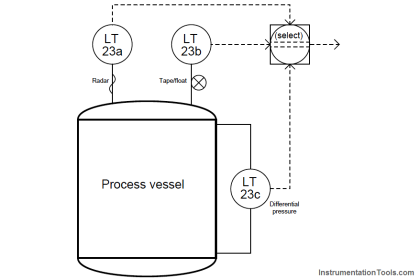
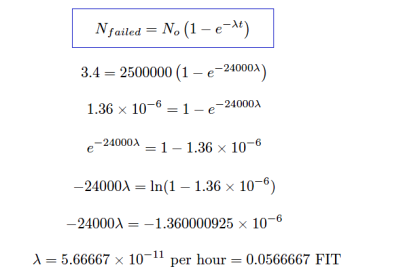



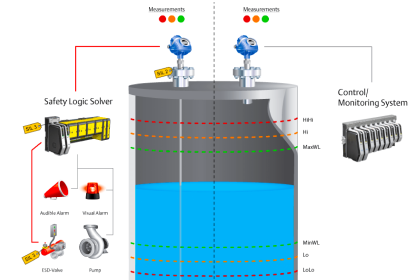

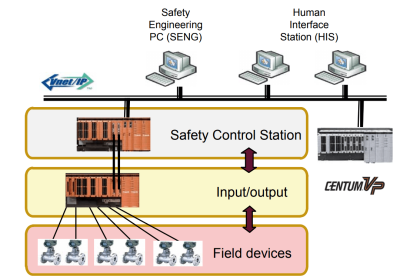
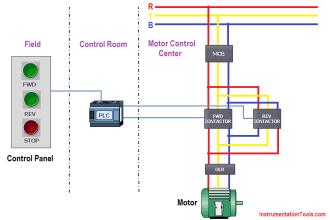
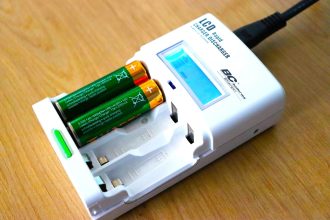
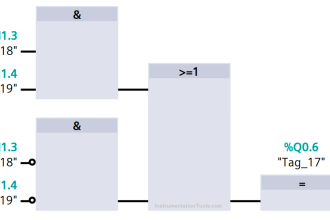
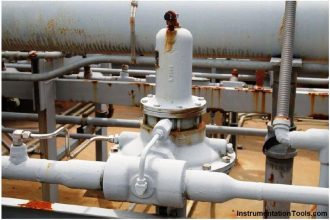


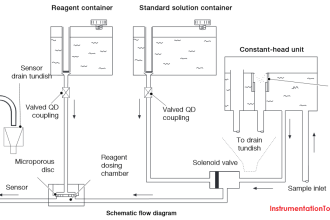
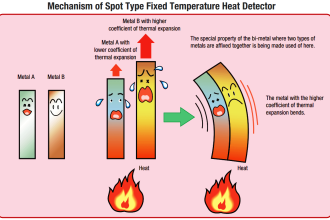

Can you please clarify if IS loop calculations are needed in below case?
If yes? why. If no why
1) A loop which consist of 3-wire RTD and a Barrier.
( RTD is connected to Machine monitoring system through barrier)
Dear Santosh,
You shall perform IS calculation.
The IS apparatus (in this case the RTD element) itself is not expected to have Ci & Li (very insignificant). However, the cable depending on the length can contribute to some values of Cable capacitance and Cable inductance.
i.e. Theoretically, Ci + Cable C can exceed Co, FAIL’ing the IS calculation.
OR Similarly the inductance.
Hope it is clear
Hi Ranjan,
Thanks for your reply.
I would like to seek your advise also on this case, if I have the following loop: Barrier –>IS Cable –> Flow transmitter –> IS Cable –> Flow element.
How should I perform IS calculation then? How should I consider the Flow Element?
I hope you can advise me.
Cheers,
Jade
First step is to note down the Ci & Li of Instrument. Then find out Cable capacitance & Inductance from the Cable datasheet provided by cable manufacturer. For ex here: 60 pF/foot & 0.20 μH/foot. Derive Equivalent Ci & Li. If IS Instrument is less than Barrier’s parameter, You’re good to go! Accordingly you may crosscheck whether it complies to IS loop or Not!
One question do we need IS calculation between sensor and transmitter .
Can you share excel clculation sheets of “IS calculation”.
Hello sir,
can you please share atex Intrinsic Safe Calculation Exe sheet or sample calculation share for reference (TB calculation & cable length calculation)
Hello,
I need to obtain the ATEX certificate to our product.
For that I have referred the IEC 60079-11 standard. After refer this i am confusion regarding the permitted capacitance Table A.2. How I will calculate capacitance for my circuit ? Is it require to calculate whole capacitor like decoupling capacitor, input and output of regulator capacitor ? How to obtain the capacitance value for 30V dc as my device have many capacitor as mention above ?
Thanks in advance for valuable feedback.